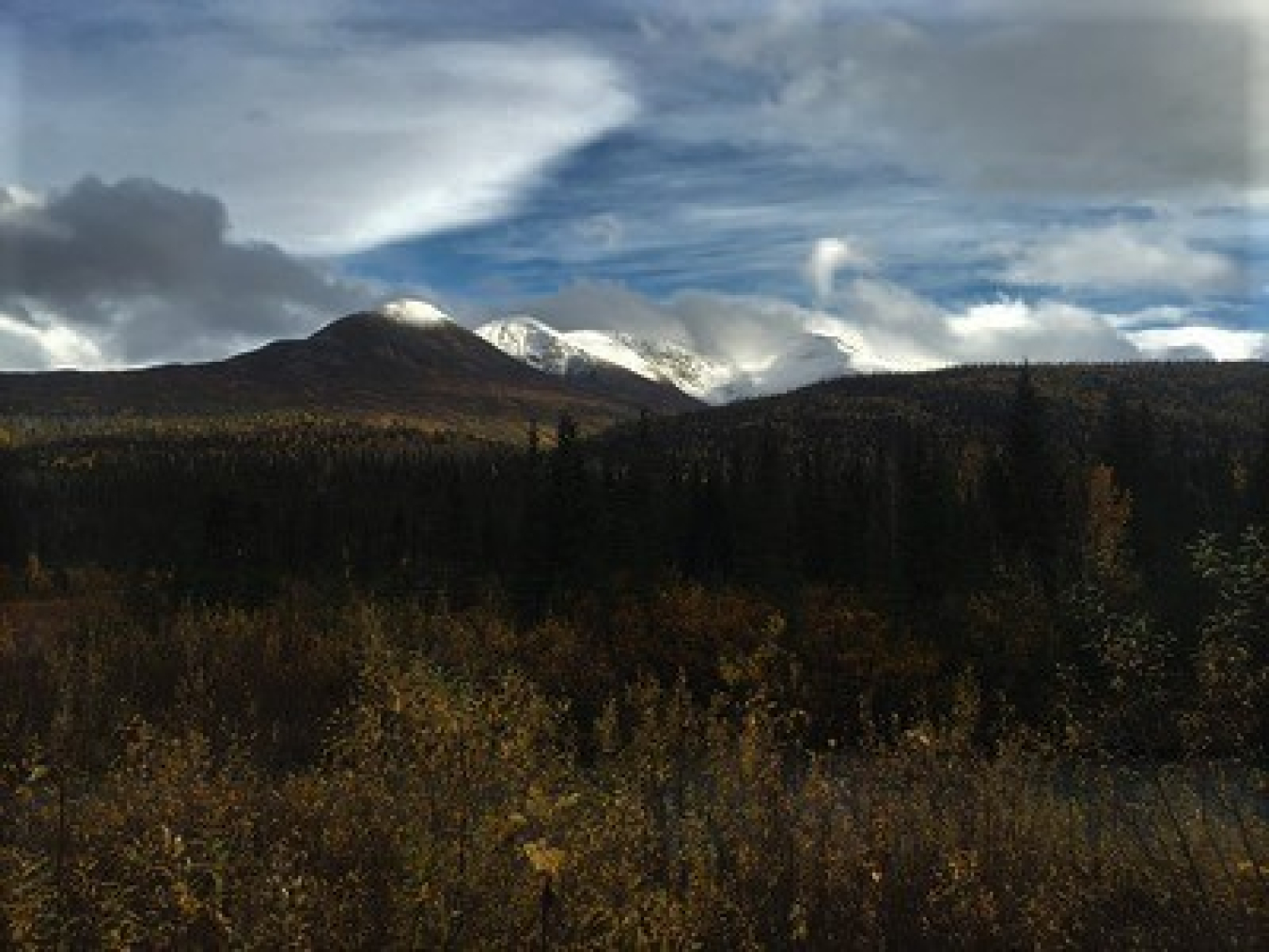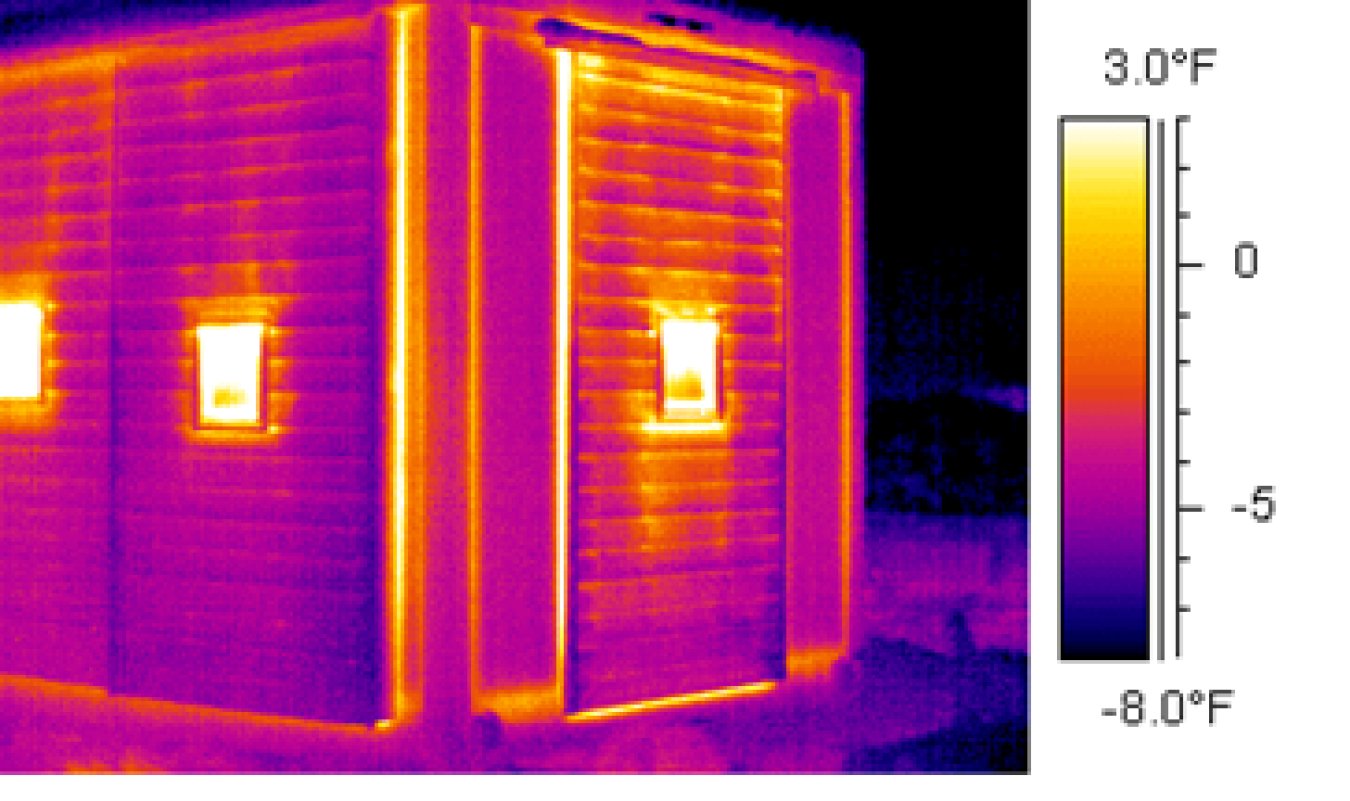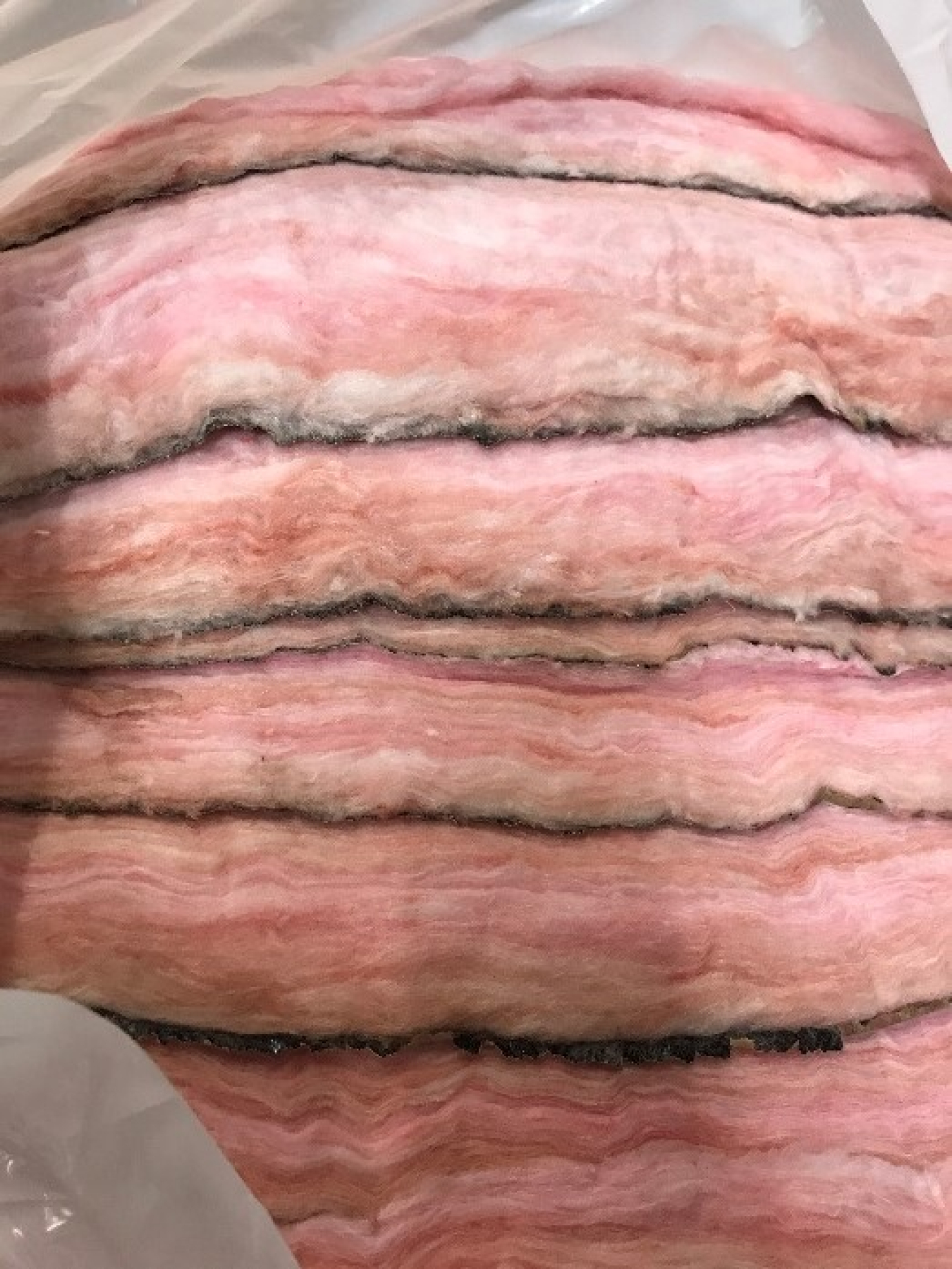Apply these cool tips and tricks to cut costs and boost comfort in the colder seasons.
Office of Indian Energy Policy and Programs
September 20, 2021Apply these cool tips and tricks to cut costs and boost comfort in the colder seasons

As the warm season winds down, it pays to be proactive about preparing your home to weather the elements during the colder months ahead.
Along with harnessing the power of the outside elements—sun, water, and wind—to energize tribal homes and buildings, tribal communities can benefit from weatherizing, or protecting their homes and buildings from those same elements to save on energy costs and maximize comfort.
Weatherization involves making relatively easy, low-cost modifications to a structure and its systems to reduce energy use and improve overall efficiency.
Often the low-hanging fruit of strategic energy planning, weatherizing tribal homes and buildings offers a big bang for the buck, and the savings can be substantial during the often-harsh colder months.

Why Weatherize?
...To Save Energy and Money
Weatherizing your home is key to lowering your energy use and costs.
Roughly 10%–20% of the annual average cost of energy in the United States is wasted due to drafts, air leaks around openings, and outdated heating and cooling systems.
Considering that heating-related costs make up nearly half, roughly 45%, of average household energy expenses, it is especially important during the winter to ensure your home is properly maintained and sealed to keep the warm air in and the cold air out. Taking small steps to improve your home energy performance can make a big dent in your energy bills, ultimately putting more money in your pocket.
...To Safeguard Your Health
Ensuring proper ventilation while weatherizing your home is essential to the health and safety of the people living there.
Maintaining proper ventilation and not over sealing your home is essential for one's health and safety—especially during the winter months. When your doors and windows are closed to protect you and your family from ice, snow, and chill, ventilation is key to keeping moisture out and reducing the risk of mold. This is especially important for tribal communities in wetter climates such as in the Northwest, Northeast, and north-central United States.
Along with mold, gases from stoves and fireplaces, volatile organic compounds (VOCs) from household products, and asbestos fibers from building materials can accumulate in a poorly ventilated home, placing the health of its occupants at risk. Proper ventilation is essential to keeping you and your family safe from gas leaks, asbestos, carbon monoxide leaks, and VOC emissions—all of which can be dangerous or evenly deadly.

How To Weatherize
Do It Yourself
There are many simple ways to reduce wasted energy during the winter. Consider these quick and simple tips and tricks you can do to save money and make your home more comfortable before winter hits.
- Perform a Home Energy Assessment: Conduct your own home energy assessment to get insight into problem areas and understand where potential for efficiency improvements exists. Learn how to do your own energy audit.
- Air Seal Your Home: Reduce the amount of air that leaks in and out of your home to cut heating and cooling costs, improve durability, increase comfort, and create a healthier indoor environment. Learn more about air-sealing.
- Ventilate Your Home: Control moisture to prevent mold growth and make your home more energy-efficient, more comfortable, and more affordable to heat and cool. Learn more about moisture-control.
- Insulate Your Home: Insulation provides resistance to heat flow -keeping the warm air in during the winter (and warm air out in the summer)-lowering your heating (and cooling) costs and enhancing comfort. Learn more about insulation. Remember to ensure proper ventilation when sealing or insulating.
- Control the Temperature: Regular maintenance can ensure furnaces, heat pumps, and other energy systems and equipment are performing efficiently. Find out more about maintaining furnaces or boilers and heat pumps. Bonus tip: You can also maximize your use of Nature's heating resource while minimizing your need for artificial light and energy-intensive heating—through passive solar heating—simply by opening curtains and blinds and letting in the sun to warm you and provide natural light.
- Seal Up Drafty Windows: Seal up any cracks or openings near windows to keep the cold air out. Consider weather-stripping or use cost-effective clear plastic film over windows to reduce airflow and energy loss. You can also opt for insulating drapes or shades to prevent drafts. Find out about other window treatments and coverings that can improve energy efficiency. Remember to ensure proper ventilation when sealing or insulating.
- And More: Learn about other do-it-yourself energy saving projects.
Get a Professional Energy Audit
Assessing your home's weatherization needs—and identifying the right measures to implement—isn't always easy. And depending on your location, be it an Arctic climate zone or a hot-dry desert—the techniques and best practices for weatherizing homes and buildings to protect from winter's conditions may be quite different.
Getting a professional home energy audit, also known as an evaluation, may be the best way to combat high energy costs during harsh winter conditions. An energy evaluation will identify specific measures you can take to make your home more energy efficient. Watch a brief video that describes a thorough home energy assessment process.
Depending on household income, some families may qualify for free weatherization services through the U.S. Department of Energy's (DOE) Weatherization Assistance Program. Learn more about applying for weatherization assistance and state-by-state resources and eligibility.
Follow Our Energy Saver Series and Learn More
Watch this space for more seasonal tips and energy-saving tricks offered through our energy saver blog series, or visit the DOE Energy Saver website for year-round energy-saving ideas that can benefit you.
The DOE Office of Indian Energy supports a variety of energy-related projects on tribal lands and for Alaska Native villages. Learn more about the Office, listen to a podcast, request no-cost technical assistance to advance a tribal energy goal or energy project, and read about successful projects around Indian Country.


